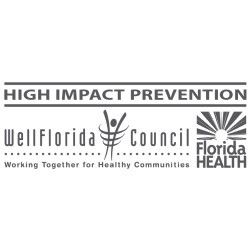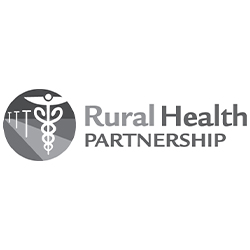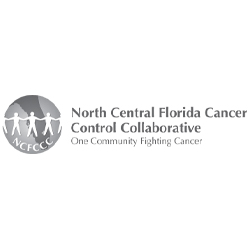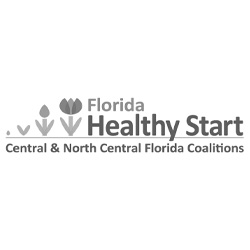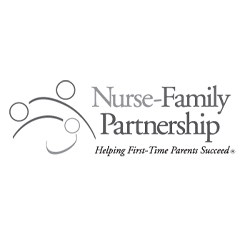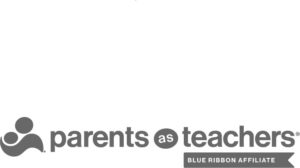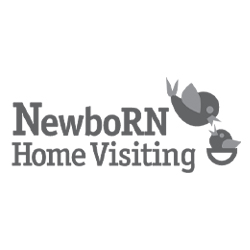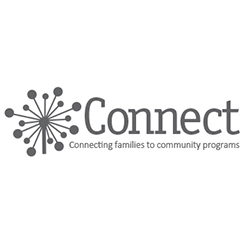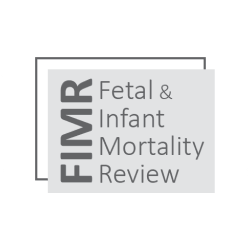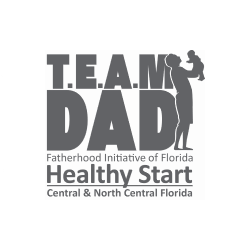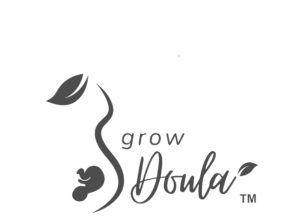Ceremony held at museum helps mark World AIDS Day
Gainesville Sun
By Christopher Curr
A ceremony at the Florida Museum of Natural History Butterfly Rainforest marked World AIDS Day Monday.
For the HIV positive women and their caregivers in attendance, the setting was significant.
By morphing from a crawling caterpillar into a brightly colored flying butterfly, the butterfly was a symbol of transformation, they said.
The members of the Rural Women’s Health Project Let’s Talk About It peer group who gathered Monday see a similar transformation in their lives.
Walking to a podium to share their stories to a mixture of laughter and tears, several women said they had spent years hiding away because of the stigma that surrounded HIV. But the bonds they’d developed with one another through the peer group had made them strong, they said. Now they were committed to living their lives and tearing down any remaining stigma.
“We’re not going to let HIV dictate the women that we are,” said Marvene Edwards, 58. “We’re not going to let it control our lives. We’re so much more than HIV.”
Christine Collis, 48, was first diagnosed in 1996. She said she used to live in hiding and would tear the labels off of her medicine “because of the shame attached” to HIV. But Collis said meeting women going through the same experience has given her confidence and self-esteem.
Monday marked the 26th annual World AIDS Day.
Robin Lewy, the director of education for the Rural Women’s Health Project, said that when the event first began, AIDS was often a “death sentence.” Today, she said it is a “manageable condition.”
Edwards said she was first diagnosed in 1987, when HIV too often progressed into AIDS and claimed the lives of millions. But treatments progressed over the decades and became more accessible. Now, her viral load is undetectable.
The theme of this year’s World AIDS Day is “Getting to Zero” by striving for no discrimination, no new infections and no AIDS-related death.
While there has been much progress, there is a long way to go, including in this state.
Florida had the third-highest cumulative number of AIDS cases in the country in 2012 at nearly 129,000 and the second-highest number of new HIV infections at 5,100, according to state statistics. In 2013, there were 5,938 new HIV cases reported in the state. That’s an increase from the prior year but does not come close to the high for the last decade. That was 7,853 in 2008.
The state also has the fourth-highest HIV infection rate.
In Alachua county, 72 new HIV cases were reported from January to November of this year, a 67 percent increase over the 43 reported during that same span in 2013.
In part, the numbers reflect an aggressive screening and testing program. By conducting more than 428,000 tests in 2013, Florida has one of the largest publicly funded HIV/AIDS screening and testing programs in the country, said Gay Koehler-Sides, the HIV/AIDS Program Coordinator for the Alachua County Health Department.
Today, Koehler-Sides said that testing for the virus has progressed to the point that antibodies can be detected within three weeks of a person becoming infected. That early detection means treatment may begin almost immediately under the “test and treat” approach to the virus, Koehler-Sides said. That’s important to curbing the spread of the virus because a person is most infectious in the first few months after contracting the virus, she said.
In this region of the state, the nonprofit WellFlorida Council oversees the Ryan White CARE Program, which helps provide medical care and medicine to HIV positive people without insurance.
At Monday’s event, advocates stressed the importance of getting tested if you believe you might have HIV. Koehler-Sides said the general educational message of prevention efforts remains avoiding unprotected sex.
Back to News page
